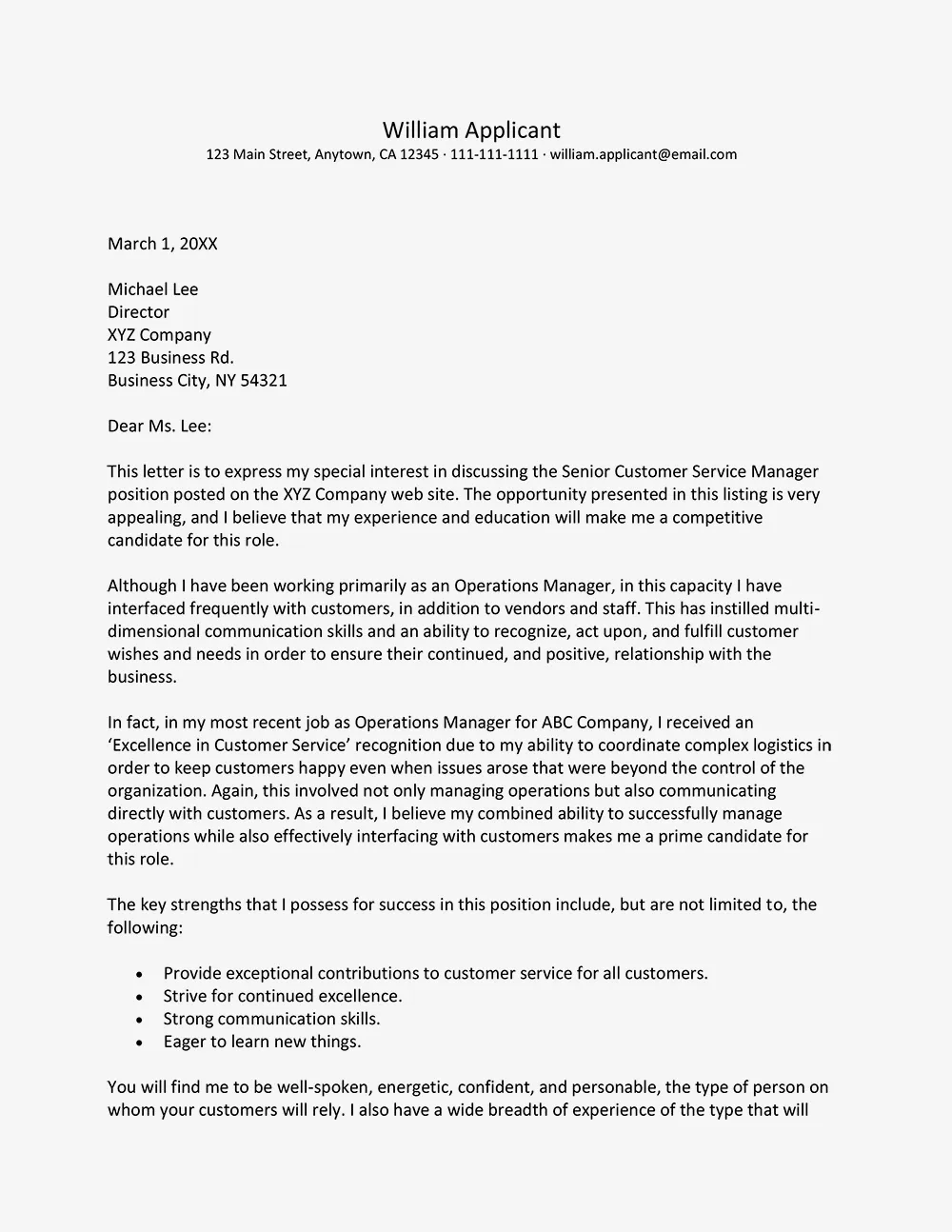Cover Letter Examples What to Include
A cover letter is your first introduction to a potential employer, a crucial document that can significantly influence whether you get an interview. It’s more than just a formality; it’s your opportunity to showcase your personality, express genuine interest in the role, and demonstrate how your skills and experiences align with the job requirements. A well-crafted cover letter complements your resume, providing a narrative that highlights your key accomplishments and explains why you’re the perfect fit. Knowing the essential elements to include is the first step toward crafting a cover letter that stands out.
Understanding Cover Letter Basics
Before diving into specific examples, it’s vital to grasp the fundamental purpose and structure of a cover letter. The primary goal is to persuade the hiring manager to read your resume and consider you for an interview. A cover letter is not a repetition of your resume, but rather an expansion, offering context, and highlighting the most relevant aspects of your background. It should be concise, typically one page, and written in a professional tone. The letter should reflect your understanding of the company and the specific role you’re applying for, showing why you’re a good fit.
Key Cover Letter Elements
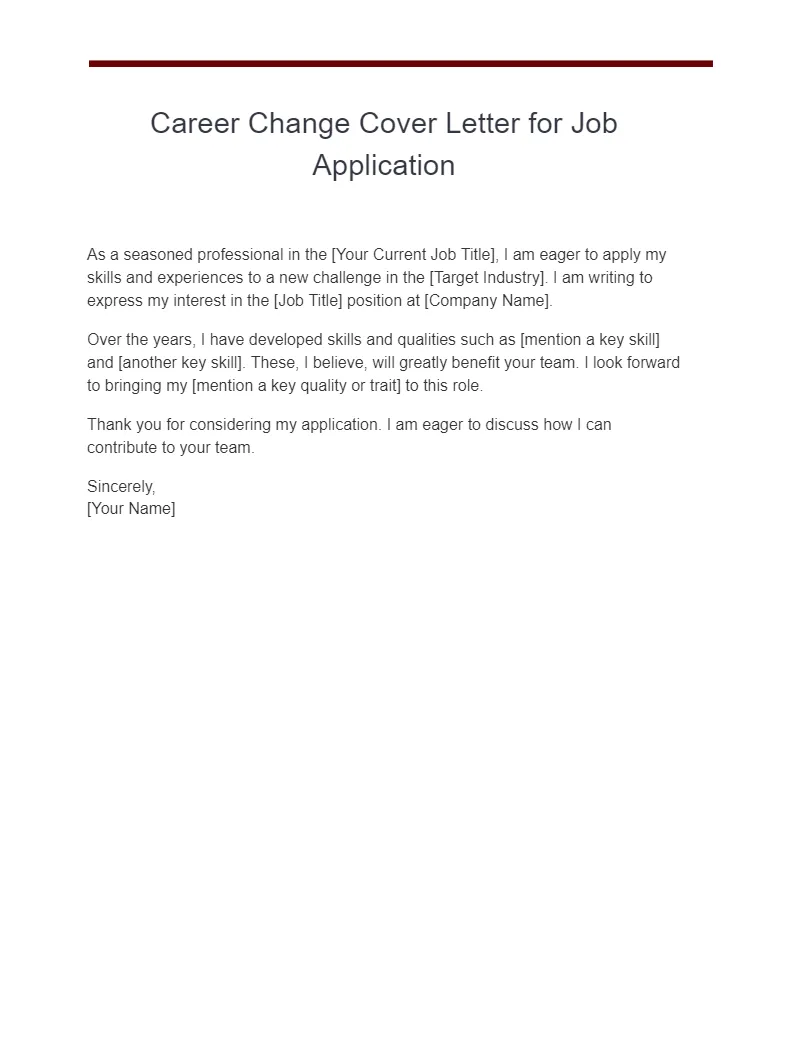
Every cover letter needs to include several key components to make it effective. These elements work together to create a cohesive message that effectively markets you to the employer. Begin with your contact information at the top, followed by the date and the recipient’s details. The body of the letter should consist of an opening paragraph, a few middle paragraphs that showcase your qualifications, and a compelling closing paragraph. Ensure all elements are present, and that the document is polished and error-free.
Formatting Your Cover Letter
Proper formatting is essential for presenting a professional image. Use a clear, readable font like Arial or Times New Roman, with a font size between 10 and 12 points. Maintain consistent spacing, typically single-spaced within paragraphs and double-spaced between them. Use standard one-inch margins on all sides. The formatting should make your cover letter easy to read and visually appealing. This helps the hiring manager easily digest the information.
Contact Information and Date
At the top of your cover letter, include your full name, address, phone number, and email address. This allows the employer to easily contact you. Following this, include the date you are sending the cover letter. The date is a simple but important detail that helps establish the timeline of your application, and ensures your application is current and relevant.
Recipient’s Details
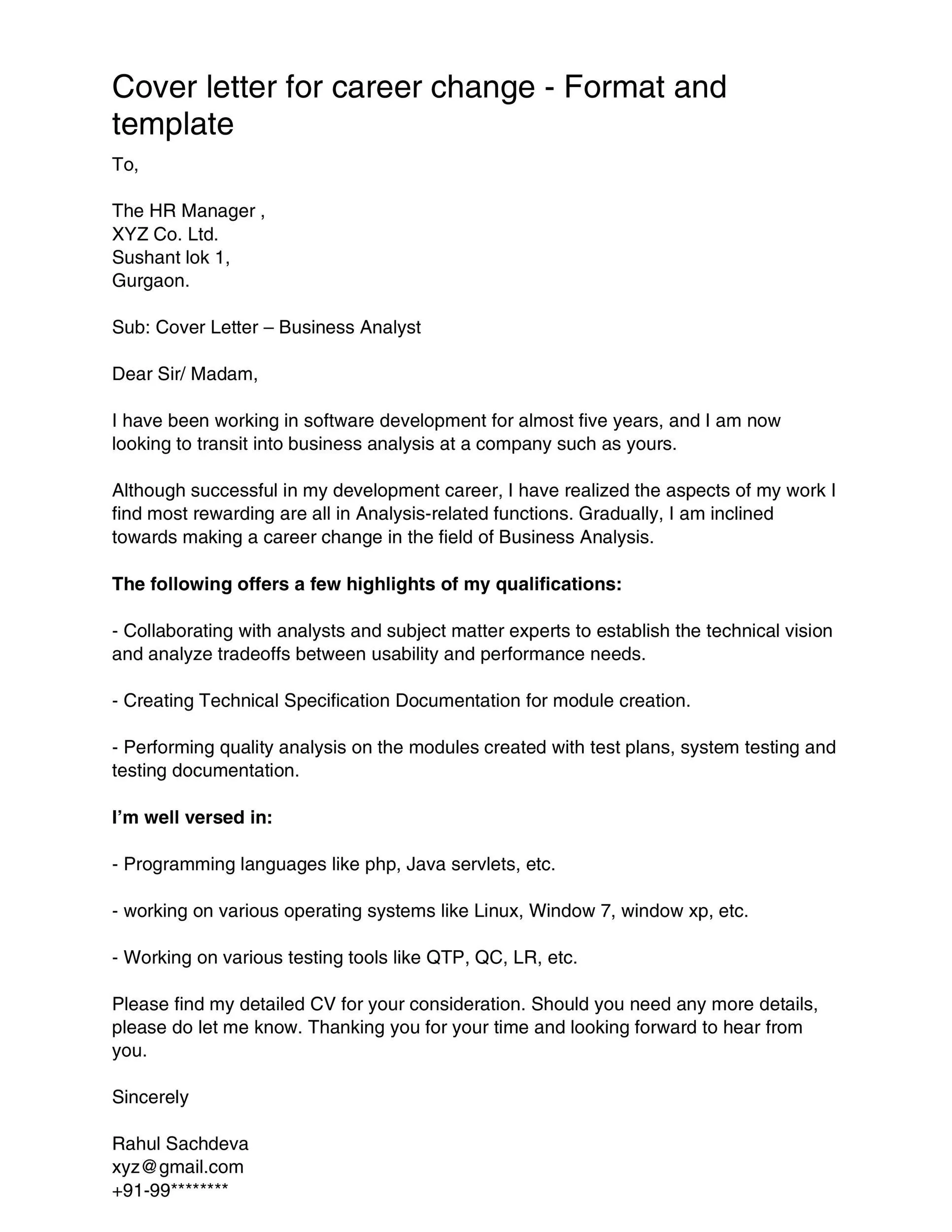
Address your cover letter to the hiring manager or the specific person mentioned in the job posting. If you can’t find a name, try to research it online or call the company. If you absolutely cannot find a specific name, use a formal greeting such as ‘Dear Hiring Manager’. Always address the recipient professionally, using their full name and title to show you have taken the time to research the company and the specific role.
The Salutation
Begin your letter with a formal salutation. Using ‘Dear Mr./Ms./Mx. [Last Name]’ is a professional and respectful way to start. If you are unsure of the gender or preferred title, use ‘Dear [First Name] [Last Name]’ or, if you’re unable to find a specific name, ‘Dear Hiring Manager’. Avoid informal greetings like ‘Hi’ or ‘Hello’ to maintain a professional tone. The salutation sets the tone for your entire letter.
Cover Letter Body Highlighting Your Value
The body of your cover letter is where you truly make your case. This section allows you to elaborate on your qualifications, experiences, and skills in a way that a resume alone cannot. To create a compelling cover letter, it is helpful to break it down into three distinct parts: the opening paragraph, the middle paragraphs (showcasing your achievements and skills), and the closing paragraph (a call to action). Each section has a specific purpose in effectively communicating why you are a good fit for the role.
Opening Paragraph Grab Their Attention
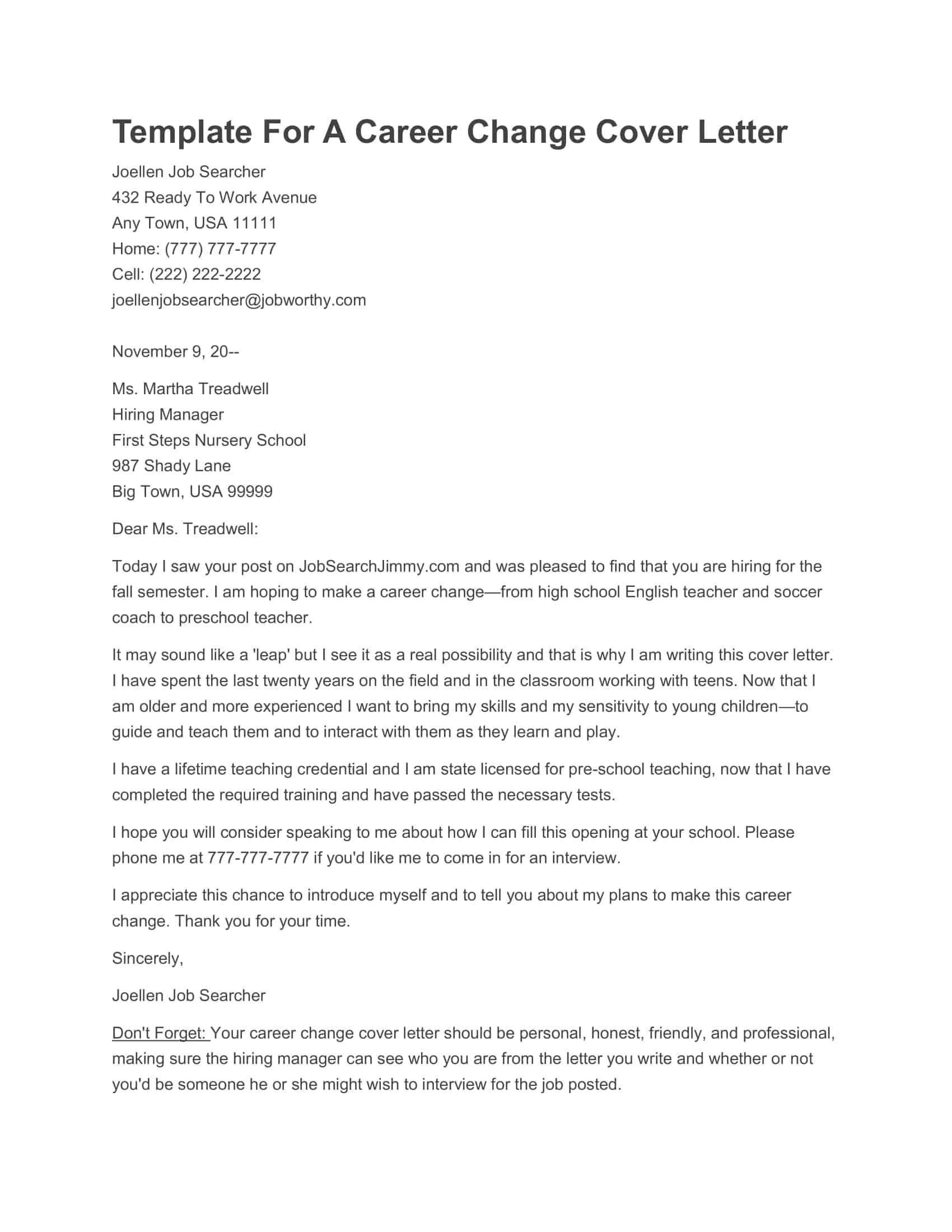
The opening paragraph is your first opportunity to capture the reader’s attention. Start with a strong, compelling statement that immediately draws the reader in and makes them want to continue reading. State the position you are applying for and where you saw the job posting. Briefly mention something specific that attracted you to the role or company. Show enthusiasm for the opportunity and your understanding of the company’s mission or values. Avoid generic opening lines; tailor this section to each specific application.
Middle Paragraphs Showcase Achievements
The middle paragraphs are where you showcase your relevant skills and experiences. Provide specific examples of your achievements, quantifying your results whenever possible. Use action verbs to describe your responsibilities and accomplishments. Align your skills with the job requirements, highlighting how your experiences make you an ideal candidate. Mention relevant experiences, projects, or situations where you have demonstrated the skills and qualities the employer is looking for. Make sure your evidence is clear, concise, and compelling.
Closing Paragraph Call to Action
In the closing paragraph, reiterate your interest in the position and express your enthusiasm for the opportunity. Reiterate your key qualifications and state how your skills align with the company’s needs. Include a clear call to action, such as requesting an interview or expressing your availability for a discussion. Thank the reader for their time and consideration, and use a professional closing such as ‘Sincerely’ or ‘Best regards’, followed by your full name.
Cover Letter Examples Tailoring for Different Roles

The key to a successful cover letter is tailoring it to each job you apply for. A one-size-fits-all approach is unlikely to impress employers. Different roles require different approaches. Whether you are an entry-level candidate, a mid-career professional, or a senior leader, each application will require a slightly different approach. Tailoring your cover letter demonstrates your understanding of the job requirements and your commitment to the opportunity. It shows you’ve taken the time to do your research and are genuinely interested in the role.
Entry-Level Cover Letter Example
An entry-level cover letter should focus on transferable skills and any relevant experiences, such as internships, volunteer work, or academic projects. Highlight your education, coursework, and any extracurricular activities that demonstrate skills like teamwork, communication, or leadership. If you have limited work experience, emphasize your eagerness to learn and your ability to quickly adapt to new environments. Showcase your enthusiasm for the industry and the company. Tailor the language to reflect your understanding of the specific entry-level position.
Mid-Career Cover Letter Example
Mid-career cover letters should emphasize your professional experience and achievements. Highlight the key accomplishments from previous roles, focusing on quantifiable results. Showcase your leadership skills, expertise, and ability to solve complex problems. Provide concrete examples of how you have contributed to your past companies’ success. Tailor the language to the specific job requirements, showcasing your understanding of the industry and the challenges the employer might be facing. Clearly articulate your value proposition and how you can contribute to the company’s goals.
Senior-Level Cover Letter Example
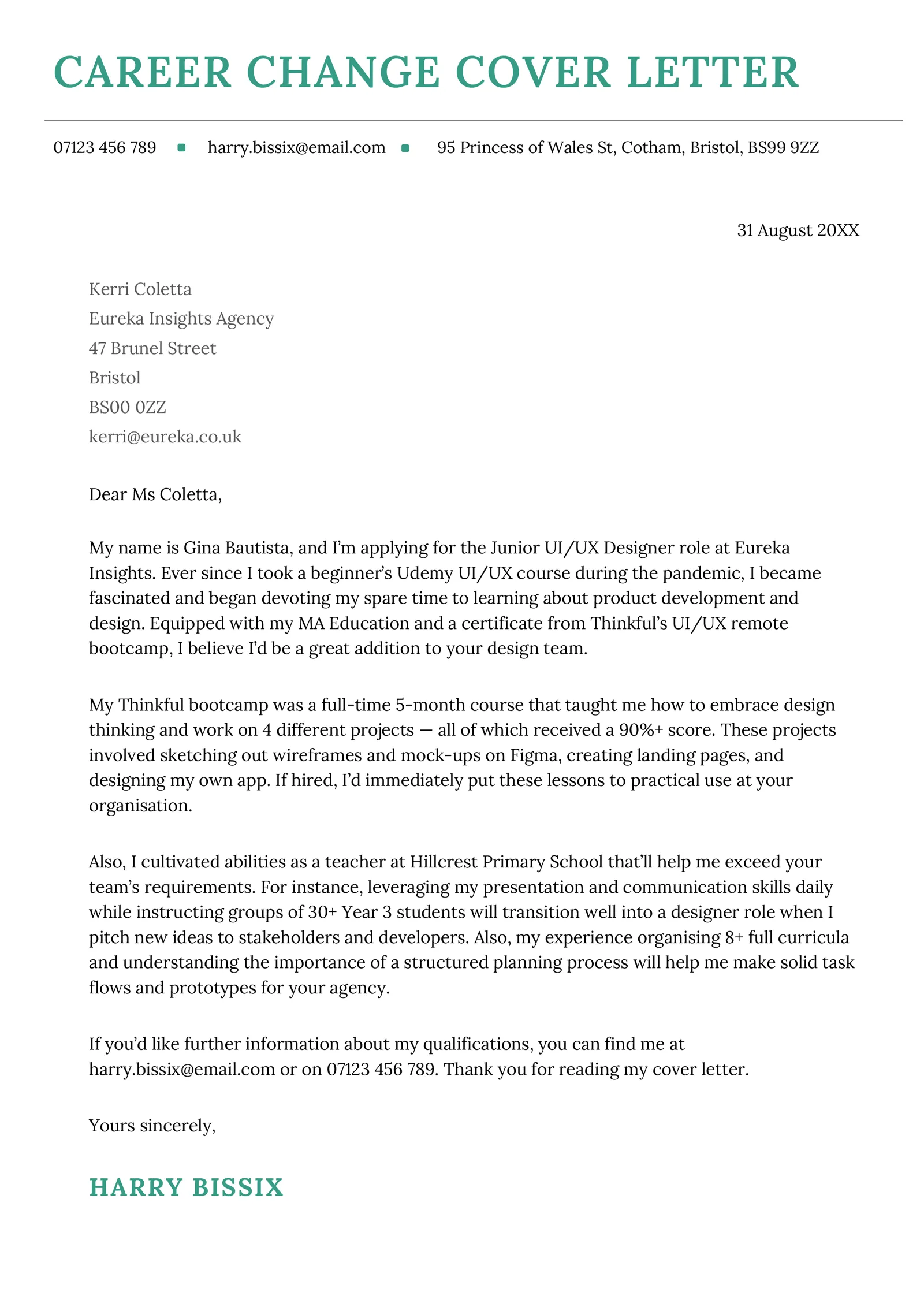
A senior-level cover letter needs to communicate your leadership experience, strategic thinking, and ability to drive organizational success. Highlight your experience in managing teams, developing strategic initiatives, and achieving significant business outcomes. Focus on your executive-level experience and your ability to make decisions that impact the company’s bottom line. Quantify your accomplishments and demonstrate your ability to lead and mentor teams. Tailor the language to demonstrate your understanding of the specific challenges of the role and your ability to provide innovative solutions.
Cover Letter Examples Avoiding Common Mistakes
Avoiding common mistakes is crucial for creating a strong cover letter. These errors can undermine your application and reduce your chances of getting an interview. By paying attention to detail and proofreading carefully, you can ensure your cover letter makes a positive impression. It is wise to proofread every aspect of your cover letter to ensure it is professional, and represents you in the best light. Making these simple corrections can dramatically improve your chances of getting the job.
Typos and Grammatical Errors
Typos and grammatical errors are among the most common and damaging mistakes. They indicate a lack of attention to detail and can make you look unprofessional. Always proofread your cover letter carefully and use spell-check and grammar-check tools. If possible, have someone else review your letter, as a fresh pair of eyes can often catch mistakes you might miss. Ensure the text is free of errors and that it is polished before sending your application.
Generic Language
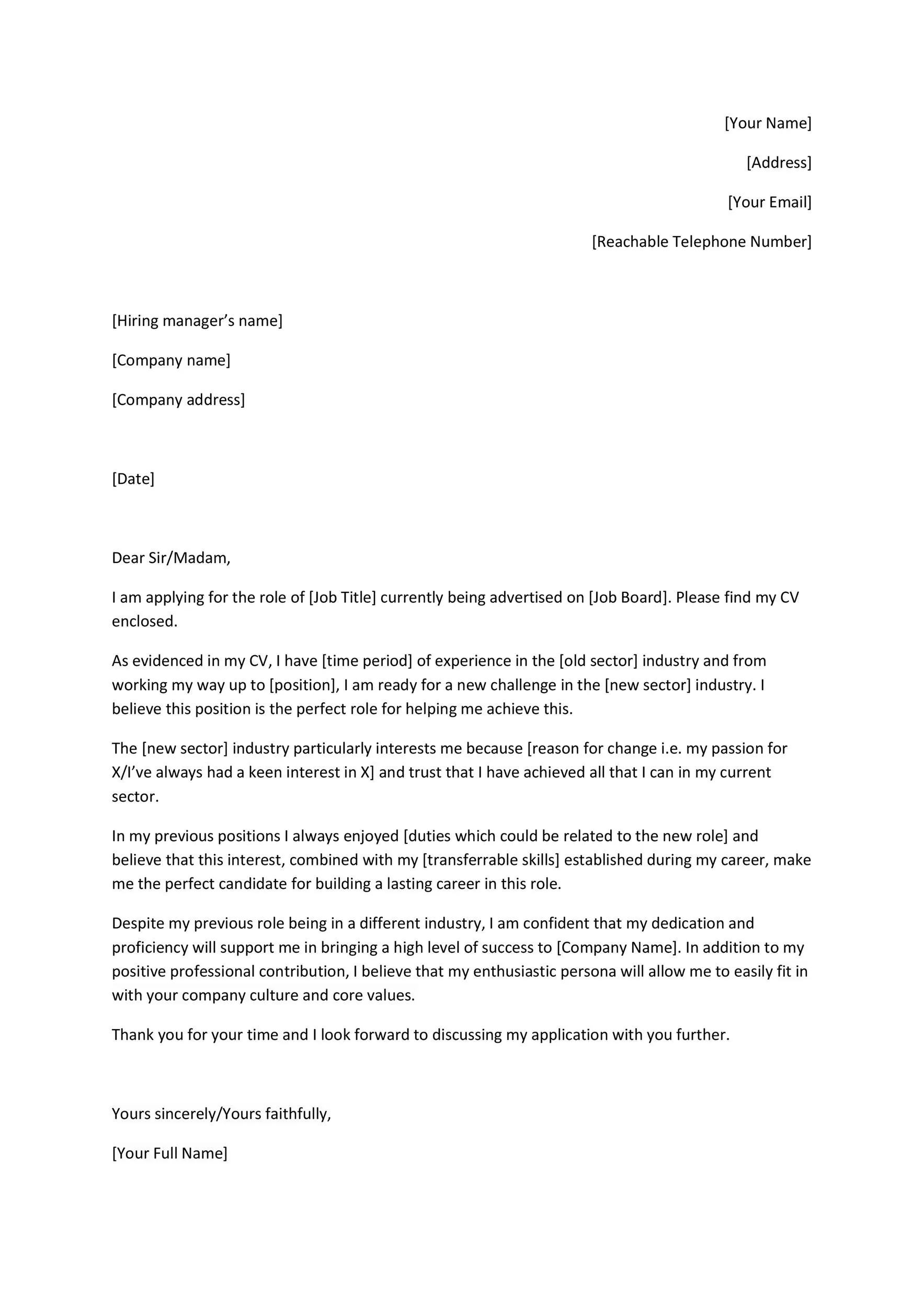
Generic language is another common mistake. Avoid using overly general phrases that could apply to any job. Tailor your cover letter to the specific job and company. Use specific examples to demonstrate your skills and experiences, and clearly explain why you are a good fit for the role. Research the company and the role. By avoiding vague statements and demonstrating genuine interest, you’ll make your cover letter more compelling.
Lack of Research
A lack of research shows a lack of interest and can be immediately apparent. Before writing your cover letter, thoroughly research the company and the role. Understand their mission, values, and recent achievements. Personalize your cover letter by mentioning specific aspects of the company or the role that appeal to you. Demonstrate that you understand the company’s needs and how your skills can contribute to their success. Showing you’ve done your homework can greatly enhance your chances of getting an interview.
Cover Letter Examples Tips for Success
To increase your chances of success, implement some simple strategies. These tips, when combined with the other advice, will dramatically improve your cover letter. From proofreading to using action verbs, each tip will boost your chances of making a positive impression. Focus on the following, and your cover letter will stand out from the crowd.
Proofread Carefully
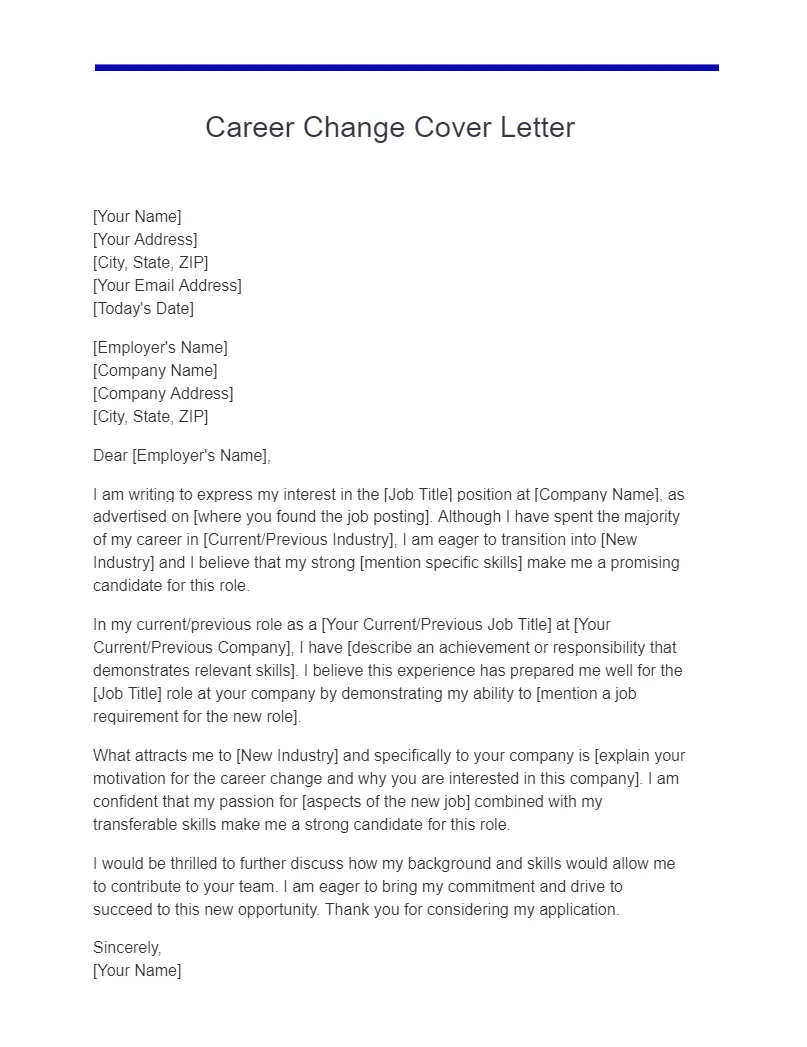
Proofreading is essential. Read your cover letter multiple times, and consider having someone else review it. Check for typos, grammatical errors, and inconsistencies in formatting. Ensure the tone is professional and the language is clear and concise. A well-proofread cover letter shows attention to detail and commitment to quality, which are important traits for any professional.
Use Action Verbs
Use strong action verbs to describe your accomplishments and responsibilities. This makes your cover letter more dynamic and engaging. Instead of saying ‘Responsible for customer service,’ say ‘Managed customer inquiries and resolved issues, leading to a 15% increase in customer satisfaction.’ Action verbs make your letter more compelling, and provide the hiring manager with insight into your contributions and experiences.
Quantify Your Achievements
Whenever possible, quantify your achievements with data and statistics. This provides concrete evidence of your impact. Instead of saying ‘Increased sales,’ say ‘Increased sales by 20% in Q4 through strategic marketing initiatives.’ Numbers are more persuasive than vague statements. Quantifying your achievements helps the employer better understand your value and contributions.
Cover Letter Examples Final Thoughts
A well-crafted cover letter is a powerful tool in your job search. By following these examples and tips, you can create a cover letter that effectively showcases your skills, experiences, and enthusiasm for the job. Remember to tailor your cover letter to each specific role, avoid common mistakes, and always proofread carefully. With these practices, you’ll be well on your way to securing more interviews and landing your dream job. Good luck!
